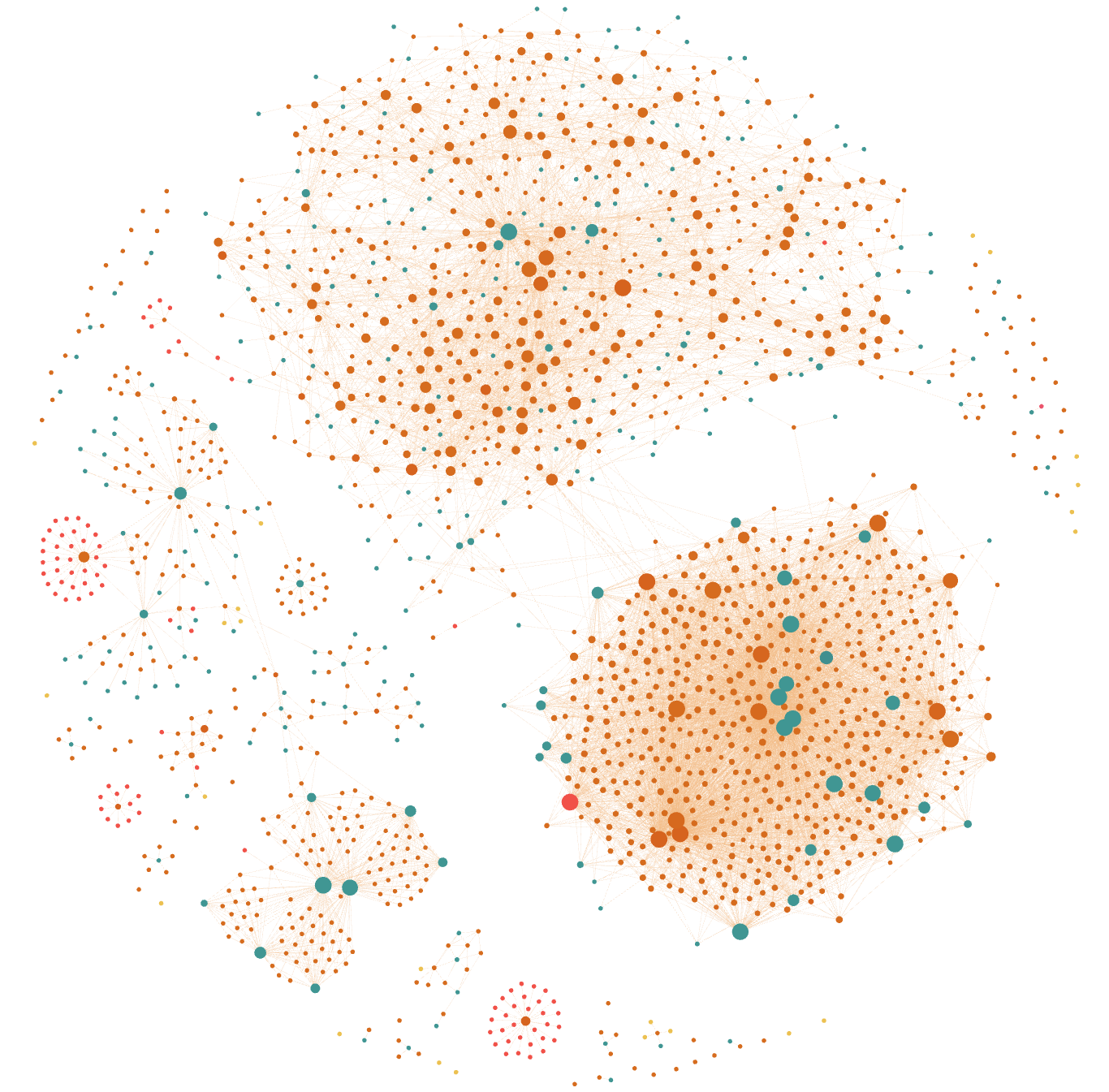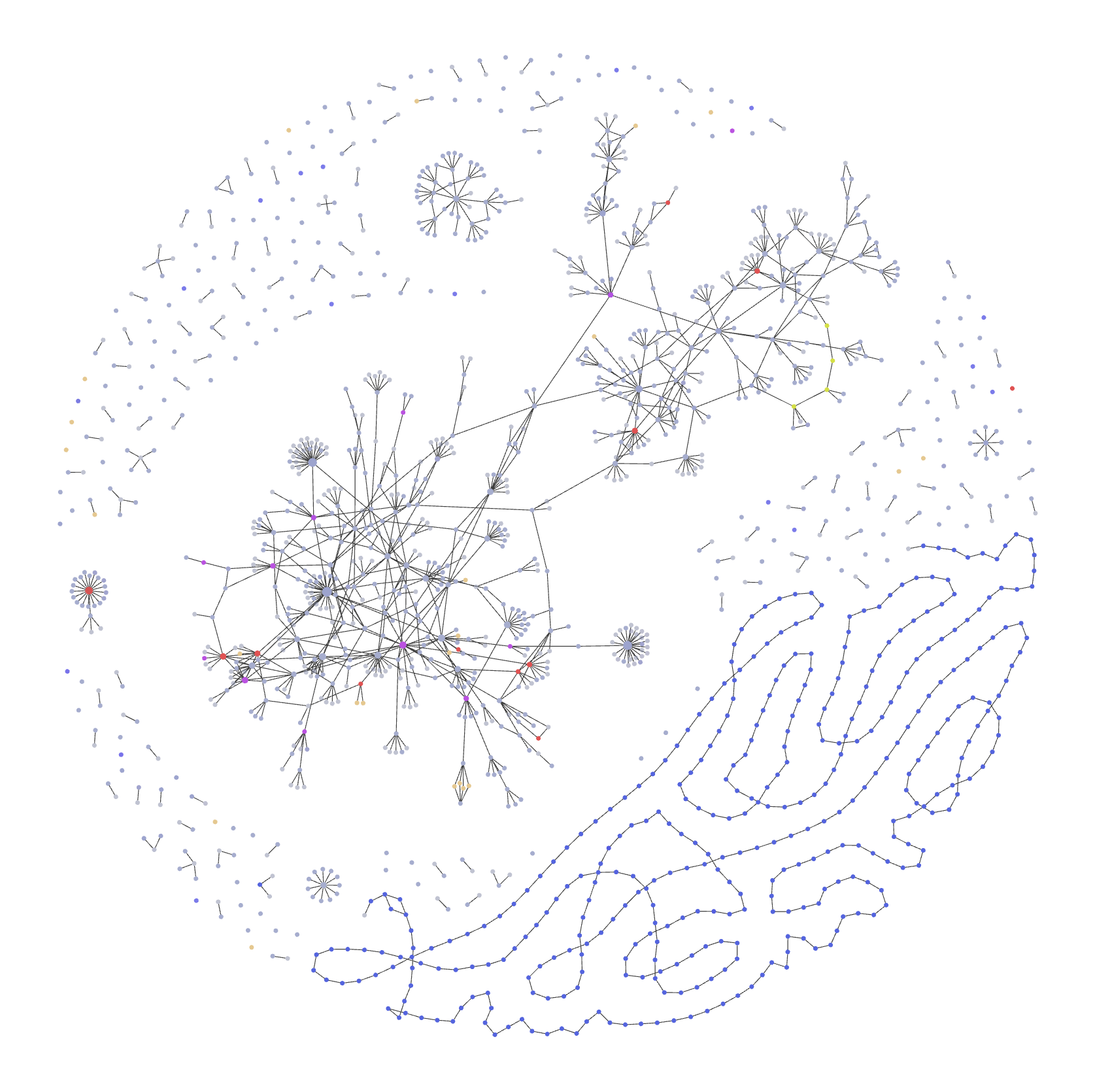Zettle and Chess
Using the note structure system to discover moves in chess
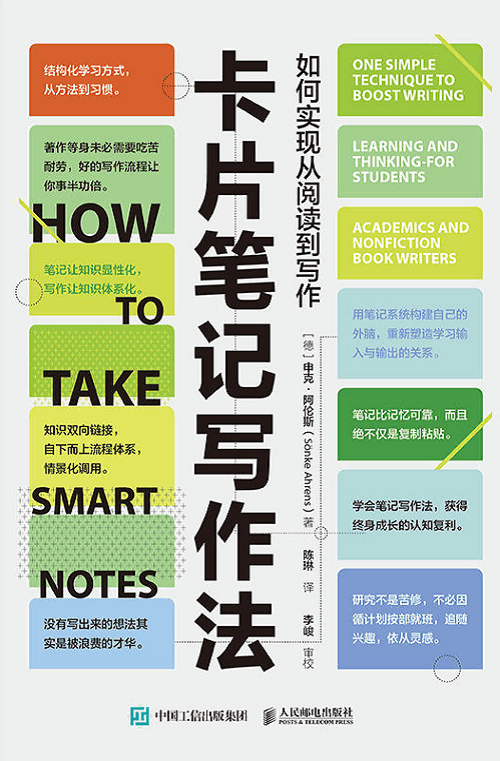
Preface
The Start
I discovered the Zettlekasten method after searching for open source alternative to Notion in Obsidian.md. I then followed the community reccomended How To Take Smart Notes by Sönke Ahrens. That right there was the my gateway into the rabbit hole of knowledge management practices.
What is Zettlekasten?
[ˈt͡sɛtl̩ˌkastn̩] (German) | Zettle(“slip; note”) + Kasten (“box”)
Simply put, it is a collection of notes or thoughts that refrence one another. Akin to our brain’s neural network, Zettlekasten is a practice used to build a personal tangible database(a second brain) to facilitate the emergence of new ideas. Here is a more indepth introduction to it.

Linking Your Thinking
Why Zettlekasten / LYT?
The idea of building my personal knowledge base where ideas can either be confronted or reinforced with every additon, it resonated with me. I could finally put into words the insights and ideas that frequently arise from my seemingly unrelated experiences.
Seeing the connections
The principle of refrencing pieces of knowledge with each other has been around long before “Zettlekasten” was coined.
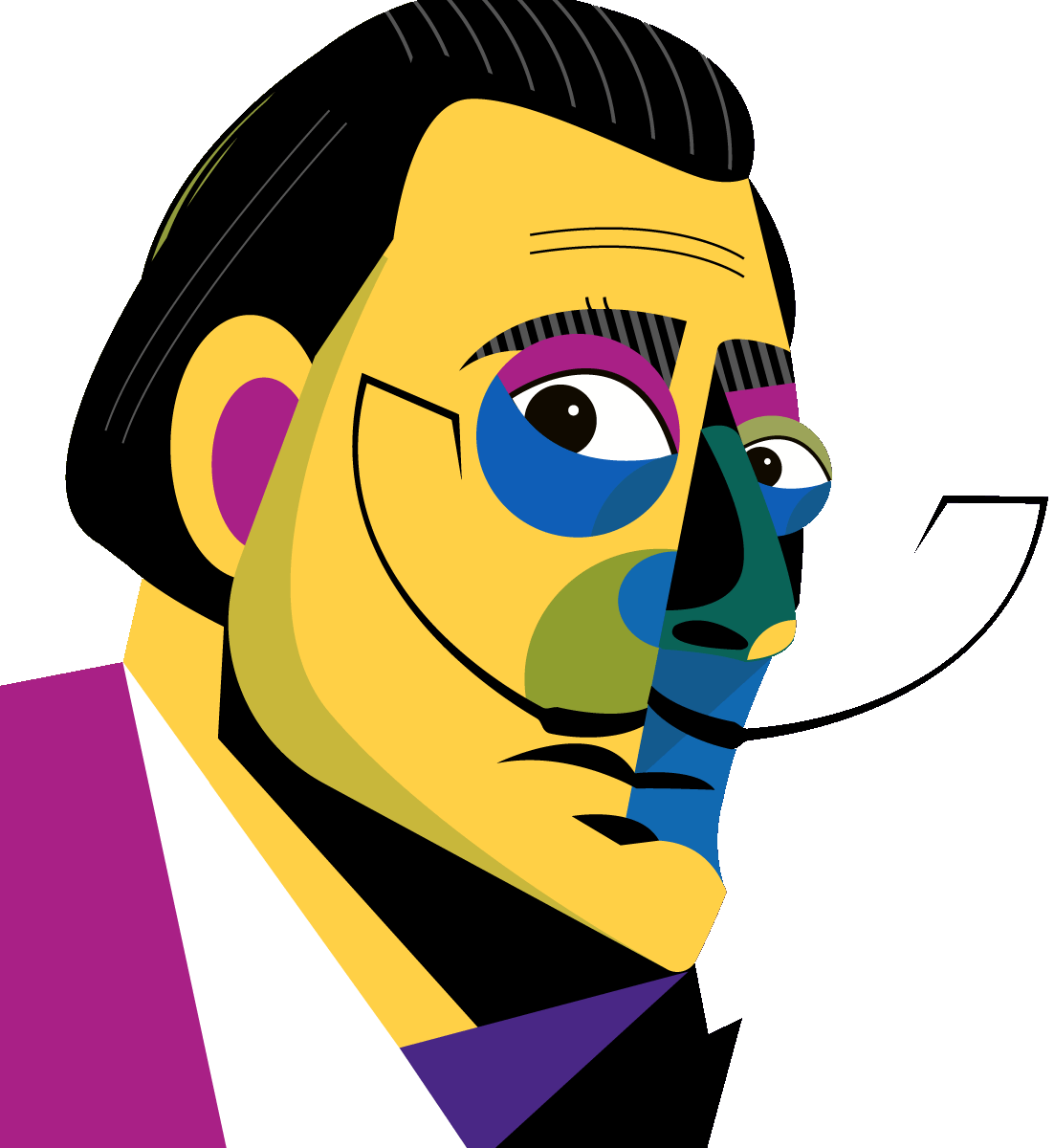 Salvador Dali slept with a key on his hand. When the key fell he would wake up. His belief was that the deepest ideas are kept by ones subconscious. So he attempted to access the transitional state between consciousness and sleep. Linking one's thinking is the same mindset that Dali used to connect to his subconscious and bring it into his work.
Salvador Dali slept with a key on his hand. When the key fell he would wake up. His belief was that the deepest ideas are kept by ones subconscious. So he attempted to access the transitional state between consciousness and sleep. Linking one's thinking is the same mindset that Dali used to connect to his subconscious and bring it into his work.
Now, this was well before scientists discovered hypnagogia. Dali simply stumbled into this sensation and was able to realize it in his painting.
Graphing the connections
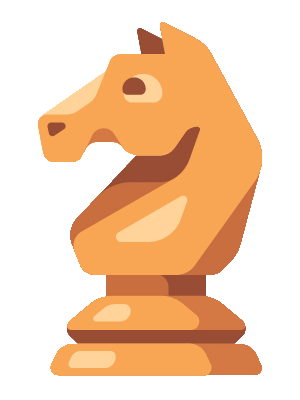
A perpetual state of being one move away from checkmating and being checkmated.
This statement encapsulated my beginner’s anxiety perfectly. As a sufferer of paralysis by analysis, I would be so caught up in avoiding blunders or getting checkmates that I could hardly ever make time.
Occam’s Razor
The root principle of chess is linking pieces to their paths. I started to draw those links on the board. This basic proceudre helped me not only keep track of potential blunders, but also made me confident against backdoor checkmates. I shot up from 1000 elo to 1500 in a matter of weeks.
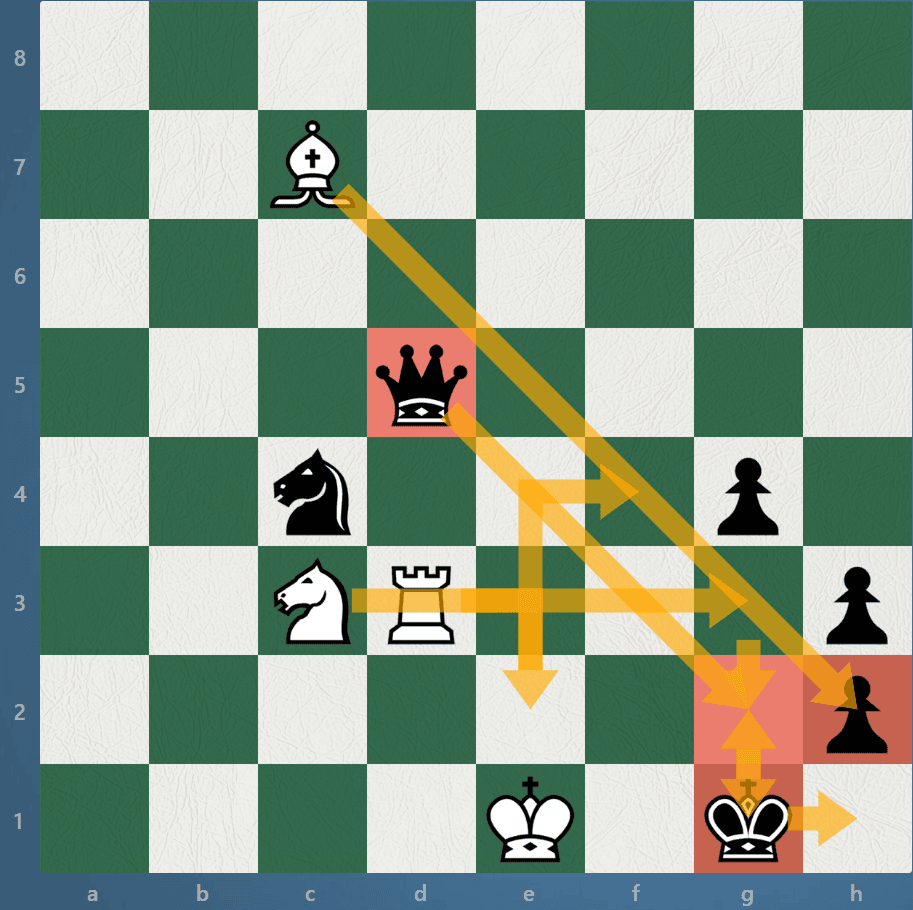
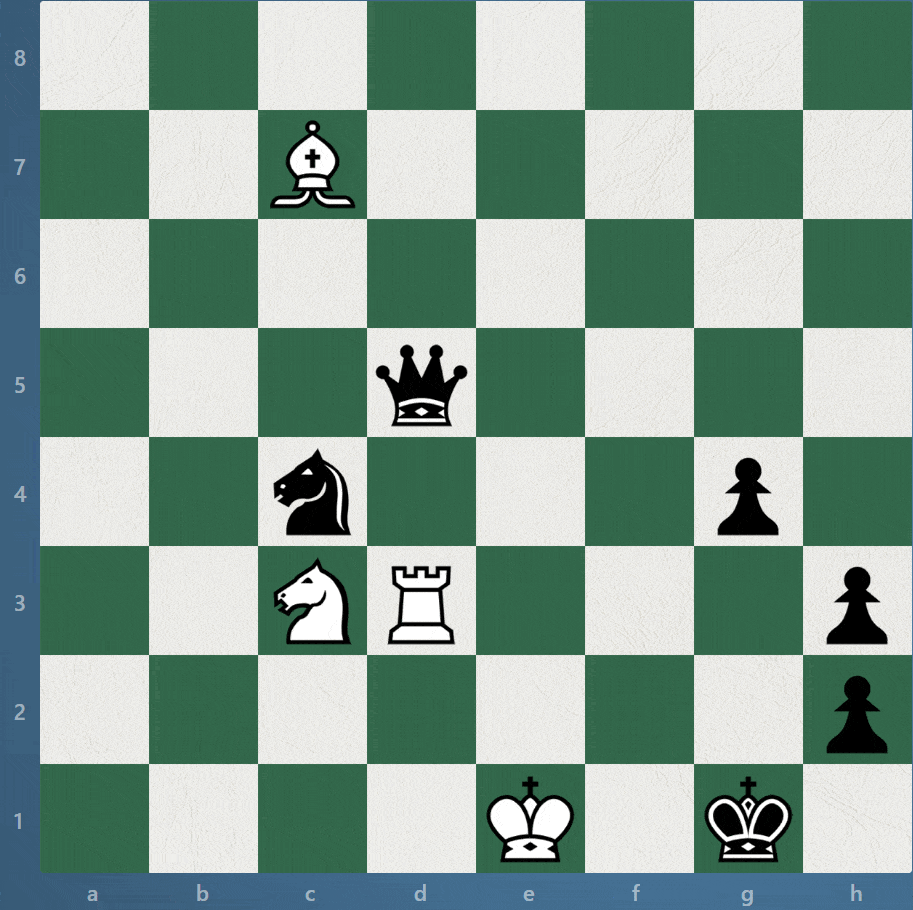
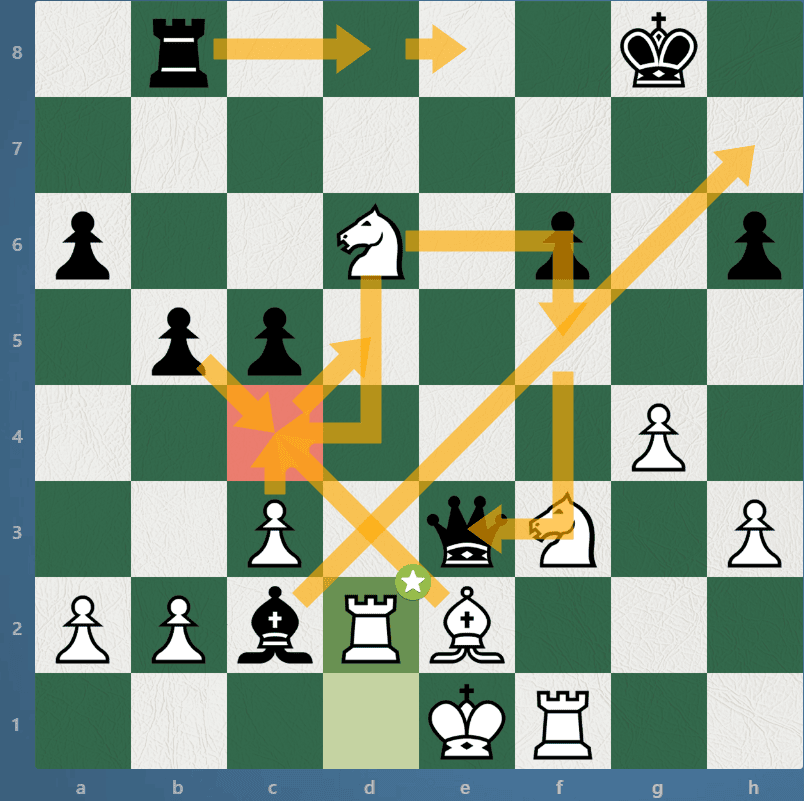

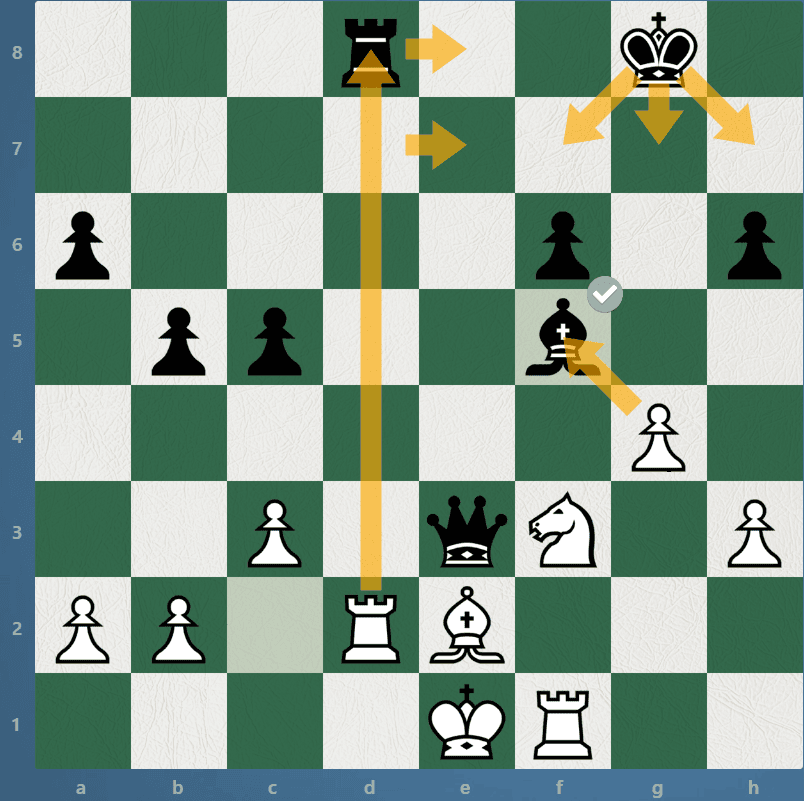
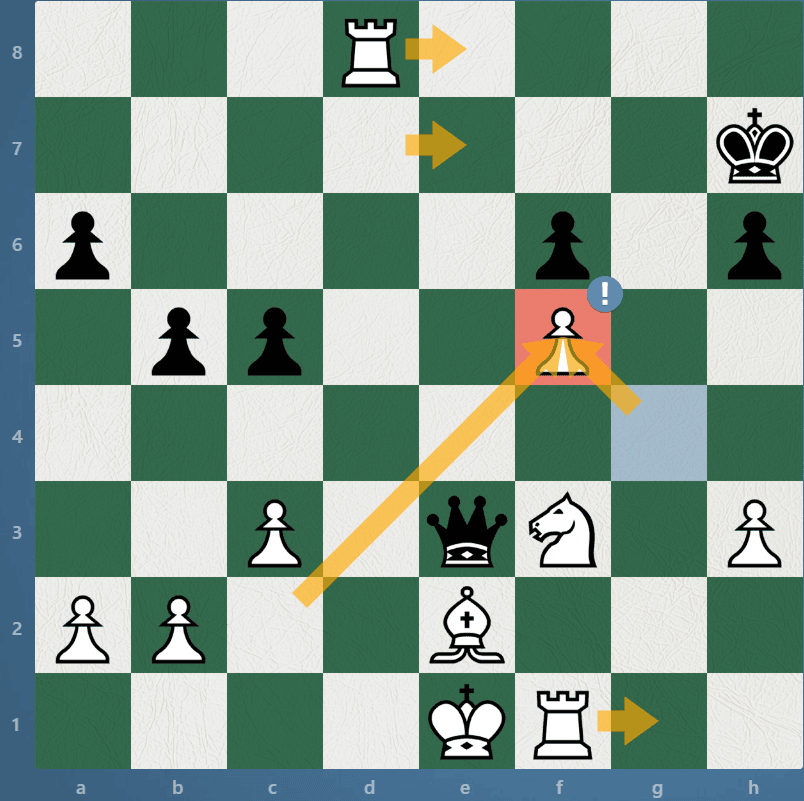
Epilogue
We are very good at recognizing patterns in our lives. But the quality and fluidity of said patterns depends on our ability of recollection. By archiving and linking my knowledge into a more accessible form in my computer I get some freedom from the volatility of my memory.
And a chance to appereciate my canvas of life, where Jaskson Pollocks hide in the sea of spilt paint buckets.
